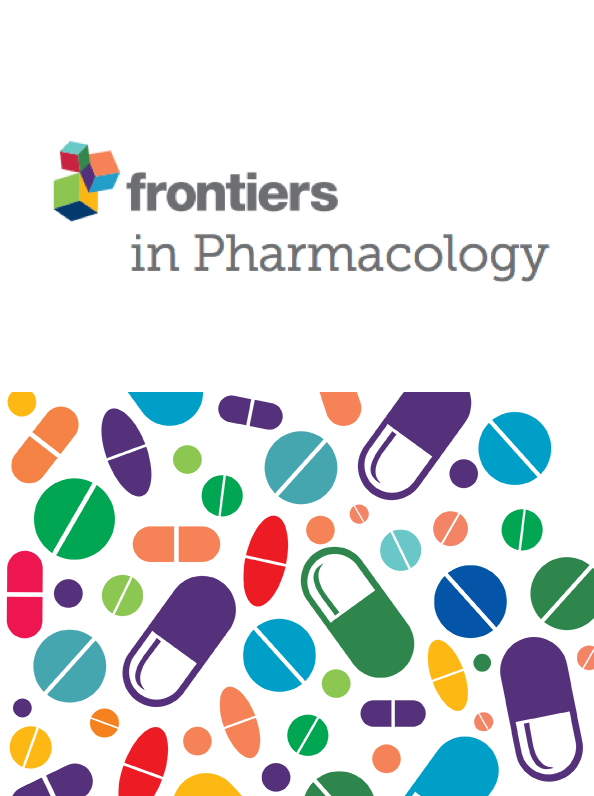钙神经蛋白抑制剂(CNIs)对重症监护室脓毒症患者的疗效和安全性:来自 MIMIC 数据库的队列研究
IF 4.4
2区 医学
Q1 PHARMACOLOGY & PHARMACY
引用次数: 0
摘要
背景败血症的特点是对感染的免疫反应失调。钙神经蛋白抑制剂(CNIs)是常用的免疫抑制剂,其独特的性质可能有助于减轻脓毒症患者过度活跃的免疫反应,从而改善患者的预后。本研究旨在评估 CNIs 是否能改善脓毒症患者的预后,并评估任何相关的不良反应。方法我们利用重症监护医学信息市场 IV 2.2(MIMIC-IV 2.2)数据库来识别接受 CNIs 治疗和未接受 CNIs 治疗的脓毒症患者。我们采用倾向得分匹配法(PSM)来平衡CNI使用者组和非使用者组之间的基线特征。主要结果是 28 天死亡率,采用 Kaplan-Meier 法和 Cox 比例危险回归模型进行分析,以研究使用氯化萘类药物与患者存活率之间的关系。经过倾向评分匹配后,对 874 例患者进行了分析。在单变量 Cox 危险分析中,CNI 组的 28 天死亡风险明显低于非 CNI 组(HR:0.26;95% CI:0.17, 0.41)。卡普兰-梅耶生存曲线也显示,与不使用 CNI 的人群相比,CNI 使用者的 28 天和 365 天生存率明显更高(对数秩检验 p 值 = 0.001)。结论使用钙神经蛋白酶抑制剂可降低脓毒症患者的短期和长期死亡率,但不会增加新发感染、高钾血症、严重高血压或急性肾损伤(AKI)的发生率。然而,使用 CNI 可能会导致不良反应,如肝脏损伤和轻度高血压。本文章由计算机程序翻译,如有差异,请以英文原文为准。
Efficacy and safety of calcineurin inhibitors (CNIs) for septic patients in ICU: a cohort study from MIMIC database
BackgroundSepsis is marked by a dysregulated immune response to infection. Calcineurin inhibitors (CNIs), commonly used as immunosuppressants, have unique properties that may help mitigate the overactive immune response in sepsis, potentially leading to better patient outcomes. This study aims to assess whether CNIs improve prognosis in septic patients and to evaluate any associated adverse reactions.MethodsWe utilized the Medical Information Mart for Intensive Care IV 2.2 (MIMIC-IV 2.2) database to identify septic patients who were treated with CNIs and those who were not. Propensity score matching (PSM) was employed to balance baseline characteristics between the CNI user group and the non-user group. The primary outcome was 28-day mortality, analyzed using the Kaplan-Meier method and Cox proportional hazard regression models to examine the relationship between CNI use and patient survival.ResultsFrom the MIMIC-IV database, 22,517 septic patients were identified. After propensity score matching, a sample of 874 patients was analyzed. The CNI group exhibited a significantly lower 28-day mortality risk compared to the non-user group (HR: 0.26; 95% CI: 0.17, 0.41) in the univariate Cox hazard analysis. Kaplan-Meier survival curves also demonstrated a significantly higher 28- and 365-day survival rate for CNI users compared to non-users (log-rank test p-value = 0.001). No significant association was found between CNI use and an increased risk of new-onset infection (p = 0.144), but an association with mild hypertension (P < 0.001) and liver injury (P < 0.001) was observed.ConclusionThe use of calcineurin inhibitors was associated with reduced short- and long-term mortality in septic patients without an increased incidence of new-onset infections, hyperkalemia, severe hypertension, or acute kidney injury (AKI). However, CNI use may lead to adverse effects, such as liver injury and mild hypertension.
求助全文
通过发布文献求助,成功后即可免费获取论文全文。
去求助
来源期刊

Frontiers in Pharmacology
PHARMACOLOGY & PHARMACY-
CiteScore
7.80
自引率
8.90%
发文量
5163
审稿时长
14 weeks
期刊介绍:
Frontiers in Pharmacology is a leading journal in its field, publishing rigorously peer-reviewed research across disciplines, including basic and clinical pharmacology, medicinal chemistry, pharmacy and toxicology. Field Chief Editor Heike Wulff at UC Davis is supported by an outstanding Editorial Board of international researchers. This multidisciplinary open-access journal is at the forefront of disseminating and communicating scientific knowledge and impactful discoveries to researchers, academics, clinicians and the public worldwide.
 求助内容:
求助内容: 应助结果提醒方式:
应助结果提醒方式:


